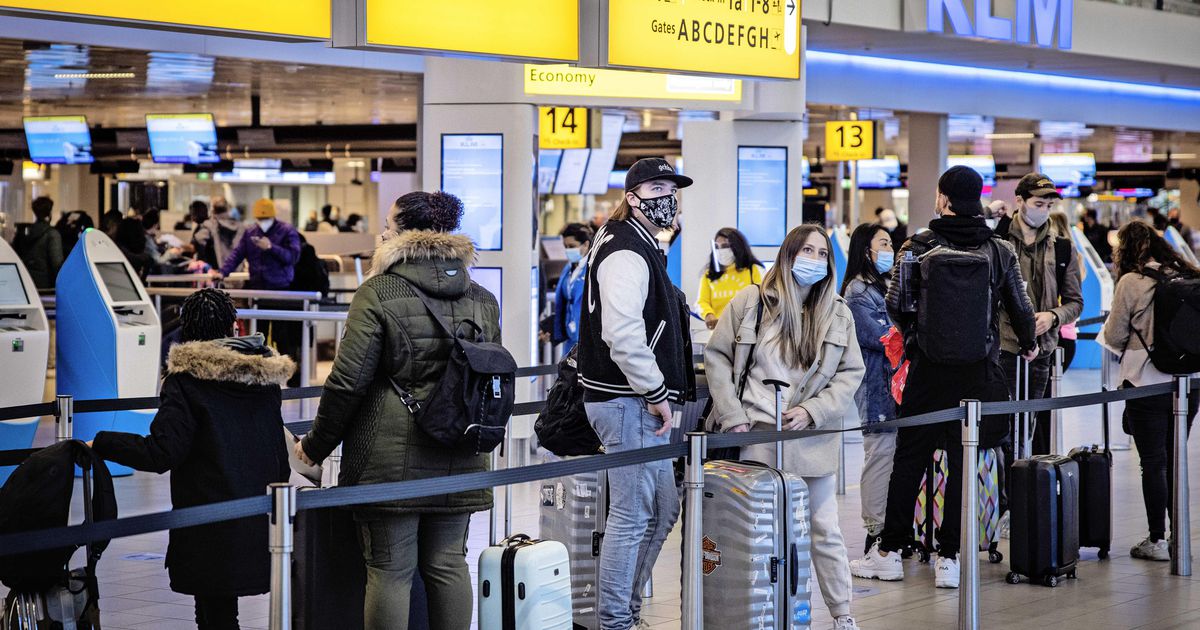Not only is the number of positive tests in the Netherlands declining, but also the percentage. Of all the tests conducted in the past two weeks, 3.8 percent revealed that they were infected with corona. On last week’s chart, it was more than 4 percent, and in July, at the height of the fourth wave, one in ten tests were positive.
The number of positive tests fell faster in Drenthe, Overijssel and Northern Holland. About 20 percent fewer new cases were identified than those identified in last week’s map. North Brabant and Zealand have the relatively few positive tests. For every 100,000 residents there, 120 people were told they were infected.
The situation is also improving in other parts of Europe. For example, many regions in France, Italy, Spain, Greece and Denmark will have a lower warning color.
In Central Europe, on the other hand, the number of positive tests is increasing. For example, the whole of Slovenia is now dark red, the highest level. The situation is also deteriorating in the Czech Republic, Slovakia, Hungary and Austria. Poland has provided so little data to the European Center for Disease Control and Prevention that it is unable to assess the situation there. The country is completely gray and this is exceptional.
The ECDC Health Service, the European counterpart of the National Institute for Public Health and the Environment, publishes the map every Thursday. The service is looking at the number of confirmed infections and the percentage of positive tests in the previous two calendar weeks. The card has four colors. From low to high, these are green, orange, red and dark red. Countries use the map to determine their policies. When the Netherlands turned dark red in July, this prompted countries like Germany and France to introduce stricter rules for Dutch people wanting to cross the border.







